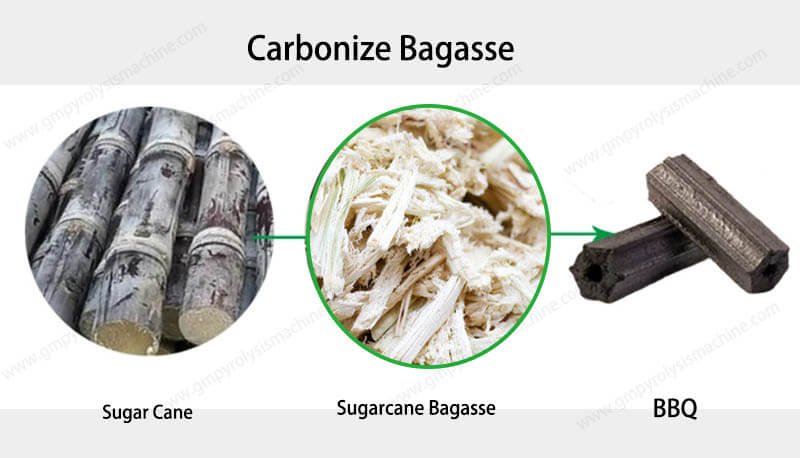Activated carbon, a versatile material with a wide range of applications from water purification to air filtration, can be efficiently produced from walnut shells. This sustainable and environmentally friendly approach not only transforms what would otherwise be considered waste into a valuable resource but also offers a high-performance alternative to traditional activated carbons. In this guide, we will walk you through the step-by-step process of creating activated carbon from walnut shells, ensuring that even those new to the process can follow along easily.
Why Choose Walnut Shells for Activated Carbon Production?
Walnut shells, known for their toughness and durability, are an excellent source material for activated carbon due to their unique properties. They possess a robust microstructure that, when processed, yields a highly porous material with exceptional adsorption capabilities. Additionally, using walnut shells supports a circular economy by repurposing agricultural waste, thereby reducing environmental impact and promoting sustainability.
The Process of Making Activated Carbon from Walnut Shells
1. Collection and Preparation:
Start by collecting a substantial amount of walnut shells. These should be thoroughly cleaned to remove any dirt or debris, then dried and crushed into smaller, more manageable pieces. Proper preparation is crucial as it ensures the quality and efficiency of the final product.
2. Carbonization:
The next step involves subjecting the prepared walnut shells to a controlled heating process in a carbonization furnace. During this phase, the organic matter within the shells decomposes at high temperatures, transforming into a carbon-rich material. Temperature control is vital here, as variations can significantly affect the quality of the resulting carbon.

3. Activation:
Following carbonization, the material undergoes an activation process designed to increase its surface area and porosity. Two common methods are steam activation and chemical activation. Steam activation involves exposing the carbonized material to steam under high-temperature conditions, while chemical activation uses chemicals like phosphoric acid or potassium hydroxide. Both techniques create a network of pores, greatly enhancing the material’s adsorptive capacity.
4. Washing and Drying:
Post-activation, the activated carbon is washed to remove residual ash and other impurities. This is typically done using either an acid-base solution or pure water. Once cleaned, the activated carbon must be dried to eliminate moisture content, which is achieved through hot air drying equipment. The result is a high-quality, ready-to-use activated carbon with superior performance characteristics.
Benefits and Applications
Activated carbon derived from walnut shells exhibits several advantageous features, including:
High Adsorption Capacity: Excellent for removing contaminants such as heavy metals, organic compounds, and gases.
Durability and Regeneration: Possesses high hardness, making it resistant to corrosion and suitable for repeated use after regeneration.
Eco-Friendly Solution: Utilizes a natural, renewable resource, contributing to sustainable manufacturing practices.
Transforming walnut shells into activated carbon represents a forward-thinking approach to waste management and resource utilization. By following the outlined steps, one can produce a highly effective and eco-friendly material that meets the demands of numerous applications. Embracing such innovative solutions not only addresses environmental concerns but also opens up new opportunities for growth and development in the field of activated carbon production.
If you’re interested in learning more about how to set up your own activated carbon production facility or need assistance with specific equipment, feel free to contact us. We provide comprehensive support, from raw material testing to technical training, ensuring a seamless transition to producing high-quality activated carbon from walnut shells.




